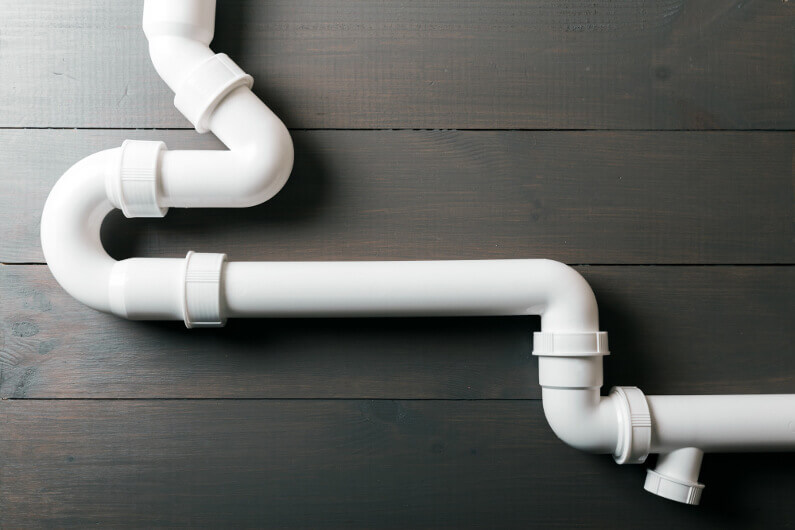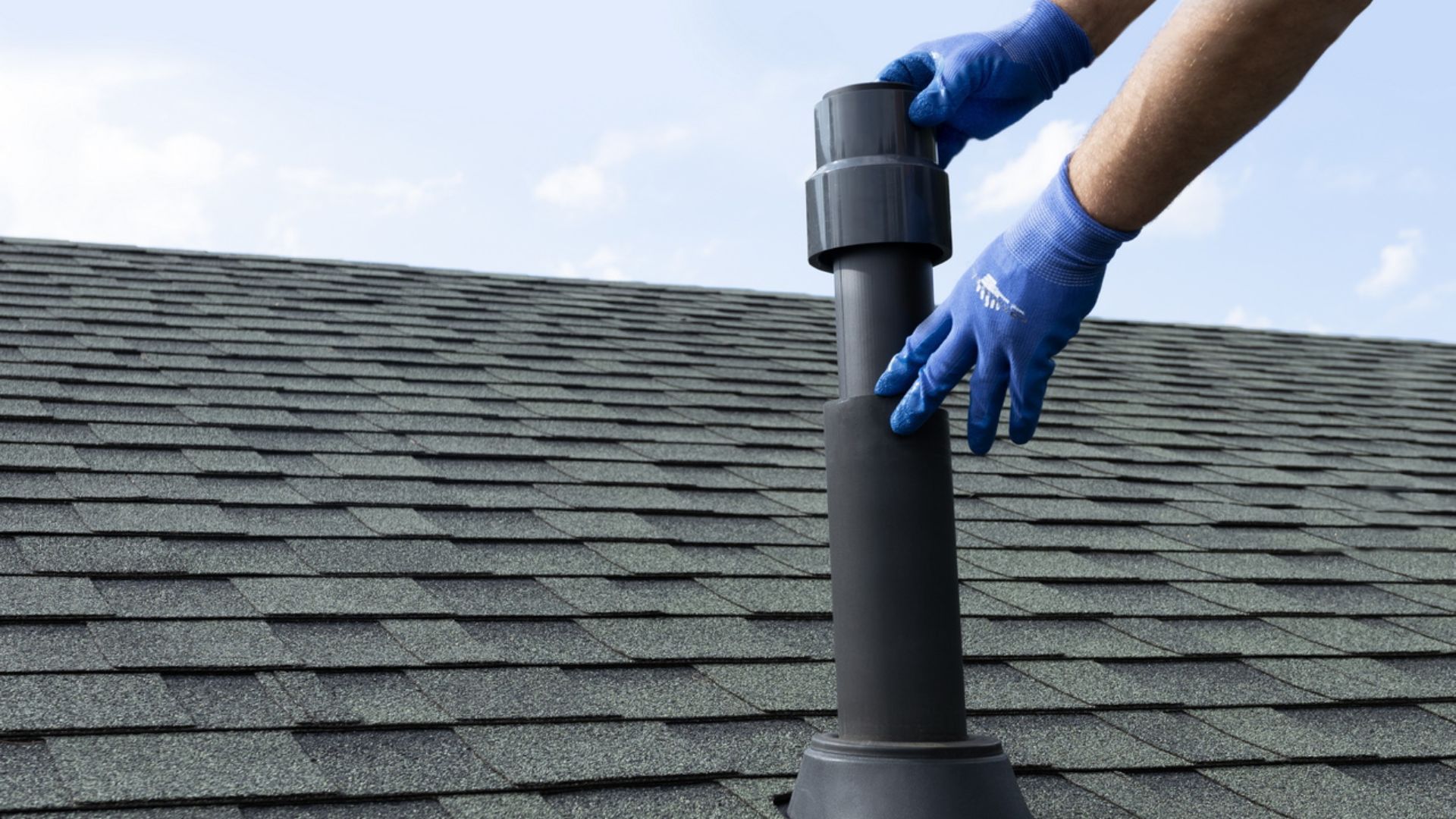The Function of Correct Ventilation in Supporting Plumbing Systems
The Function of Correct Ventilation in Supporting Plumbing Systems
Blog Article
They are making a few good points related to Essential Plumbing Vent Pipes: Understanding Their Role in general in this post on the next paragraphs.

Proper air flow in plumbing systems is usually overlooked, yet it is critical for preserving the functionality and security of your home's pipes. Air flow assists regulate air pressure, protect against the buildup of harmful gases, and guarantee the reliable elimination of waste. In this overview, we will explore the relevance of appropriate pipes air flow, exactly how it functions, and the benefits it gives your plumbing system.
Just How Ventilation Functions in Plumbing Systems
Air Pressure Law
Proper air flow preserves well balanced air pressure within the plumbing system. When water streams with pipes, it displaces air. Without appropriate ventilation, this displacement can create negative stress, bring about slow down drains pipes or siphoning of water from catches, which can trigger undesirable odors to leak right into the home.
Stopping Drain Gas Accumulation
One of the most crucial features of plumbing vents is to avoid sewage system gases, such as methane and hydrogen sulfide, from collecting within the home. These gases can position severe wellness dangers and are extremely combustible. Vent pipes enable these gases to leave safely outside.
Assisting in Waste Removal
Air flow assists in the effective removal of wastewater by stopping airlocks in the drainage system. When air can move easily via the vents, it permits water and waste to stream efficiently through the pipes, minimizing the danger of obstructions and backups.
Benefits of Proper Ventilation
Improved System Performance
Correctly ventilated plumbing systems operate more efficiently, with fewer clogs, faster draining pipes, and much less stress on the pipes. This efficiency extends the lifespan of the pipes system.
Improved Air Top Quality
By protecting against drain gases from entering your home, appropriate ventilation adds to much better indoor air high quality, making your living atmosphere healthier and extra comfy.
Protecting Against Water Damage
Ample ventilation aids stop water from being siphoned out of catches, which can cause drain gases getting in the home and triggering water damages over time.
Steps to Make Certain Appropriate Air Flow
Consulting Plumbing Codes
Constantly seek advice from local plumbing codes when making or modifying your plumbing system. These codes give the needed guidelines for appropriate venting and guarantee your system fulfills safety requirements.
Regular Examination and Maintenance
Normal assessments can aid determine possible air flow problems prior to they come to be major problems. Maintenance tasks, such as cleaning up vent pipes and checking for clogs, are crucial for maintaining the system in good working order.
Specialist Setup
For new installments or significant alterations, it's smart to employ a professional plumber. They have the competence to make certain the ventilation system is correctly developed and installed according to code.
Understanding Air Flow in Pipes
Ventilation in plumbing describes the network of pipelines that allow air to flow via the drain system. These vents serve several purposes, consisting of controling atmospheric pressure within the pipelines, preventing sewage system gases from entering the home, and helping in the smooth flow of wastewater.
Kinds Of Plumbing Vents
Key Heap Vent
The major pile air vent, additionally called the air vent pile, is the key air vent in a plumbing system. It expands from the major drain align through the roof covering, enabling gases to get away and fresh air to go into the system.
Branch Vent
Branch vents connect to the primary pile vent and offer specific fixtures, such as sinks, bathrooms, and showers. These vents make certain that each component has sufficient ventilation to work effectively.
Air Admission Shutoff (AAV).
An Air Admission Shutoff (AAV) is a one-way valve that allows air to enter the plumbing system without the need for a traditional vent pipeline expanding with the roofing. AAVs are frequently used in renovations or locations where setting up a conventional vent is not practical.
Indications of Poor Air Flow in Pipes.
Slow Draining Fixtures.
If your sinks, tubs, or commodes are draining slowly, maybe an indication of bad air flow. Insufficient air circulation can create a vacuum impact, making it hard for water to drain appropriately.
Gurgling Appears.
Gurgling audios coming from drains are usually an outcome of air being sucked with water catches due to unfavorable stress in the pipelines. This is a clear indicator of not enough air flow.
Unpleasant Odors.
Drain smells inside your home are a warning that your pipes system is not properly ventilated. This might indicate that drain gases are not being adequately vented outside, resulting in potentially dangerous conditions.
Typical Ventilation Mistakes.
Inadequate Vent Sizing.
Using undersized air vent pipelines can bring about inadequate air circulation and pressure imbalances in the system. It's necessary to use vents that meet the details needs of your pipes system.
Improper Vent Placement.
Positioning vents also far from the components they offer can lower their performance. Correct placement makes certain that air can move easily and effectively via the system.
Disregarding Code Needs.
Building regulations supply specific standards for plumbing ventilation. Neglecting these codes can cause a system that fails to work correctly and may cause pricey repairs or health hazards.
Conclusion.
Appropriate ventilation is an important part of any kind of pipes system, making certain that it operates successfully and safely. By recognizing the relevance of air flow, acknowledging the indications of poor air flow, and taking steps to keep your system, you can protect against pricey problems and safeguard your home's air high quality.
4 Things You Should Know About Your Plumbing Vents
What Plumbing Vents Are
Also called a vent stack, a plumbing vent is a vertical pipe attached to your drain line that runs through your roof. The plumbing vent pipe, or plumbing air vent, removes gas and odors from your plumbing system and allows fresh air to enter the pipes, helping the water to flow out of the drain pipes.
What Plumbing Vents Do
Plumbing vents have two basic functions. One of which is to allow unpleasant smelling wastewater and sewer gasses to escape your plumbing system instead of entering your home. Plumbing vent pipes are typically located on roofs, away from windows, to ensure the fumes exit the home completely.
The other function of the plumbing vent is to move fresh air into your plumbing system. This helps move water through every plumbing fixture in your house, like toilets and sink drains. Think of the way in which you need to let a little air into the bottle as you pour soda in order to make the drink flow smoothly.
Different Types of Plumbing Vents
True vent: This is the most common vent option. In simplest terms, a true vent is a vertical pipe attached to your drain line that exits through the roof. They often function as the main vent that other fixtures can connect to. Re-vent pipe or auxiliary vent: Attached to the drain line near specific plumbing fixtures, re-vent pipes run up and over to connect to the main vent. Common vent: Two plumbing fixtures installed on opposite sides of a wall are typically tied into the vent stack using something known as a sanitary cross. Wet vent: This venting option operates as a drain pipe and a vent at the same time. Wet vent drainage systems drain water from one fixture while venting the air from another. Although they’ve been used for over 100 years, wet vent systems have only recently been added to the plumbing code in many areas. If you’re planning on installing one in a bathroom remodel, make sure you check your local code prior to construction. Loop vent: For free-standing fixtures like kitchen island sinks, loop vents are ideal. These vent pipes run under the floor, rise from the P-trap, and create a loop inside the cabinet sink. Air admittance valve: An AAV is a one-way mechanical valve typically installed at the site of the plumbing fixture. AAVs allow venting to occur without having to tie into a larger venting system. They’re ideal for venting fixtures where you aren’t able to easily connect to an existing vent system. Common Plumbing Vent Issues
Although vent pipes typically don’t have water flowing through them, they’re still subject to many typical plumbing issues. For example, clogs are one of the most common problems associated with sewer vent pipes. If your vent pipe gets clogged, all of your plumbing fixtures tied into the vent stack will be affected.
A sink with a slow drain that bubbles and gurgles or a strong sewage smell around your toilet are both indicators that your toilet vent pipe is clogged. Because most vent pipes exit through the roof, old leaves, twigs or even a bird’s nest could be clogging the pipe.
Clogs in your vent pipe system cause a buildup of negative pressure, meaning that water won’t be able to flow out of your home very well. It’s similar to putting your finger over the opening of a straw to trap water inside. When you remove your finger, the water is able to flow out of the straw.
If you suspect you have any blockage in your vent, make sure you have a professional come examine the situation. Left unchecked, a blocked air vent can lead to other costly repairs, like leaks and sediment buildup.
Under Pressure
Pipe vents are essential aspects of a home’s plumbing system. Owning a home means learning about all sorts of things you never put much thought into before. But by understanding as much as you can about the important systems of your home, you can keep those budgets intact and those anxiety levels low.
https://www.homeserve.com/en-us/blog/home-improvement/plumbing-vents/

Do you really like reading up on Essential Plumbing Vent Pipes: Understanding Their Role? Write feedback down below. We will be glad to know your reactions about this piece. We hope that you visit us again before long. For those who enjoyed our page if you please remember to pass it around. Thanks for being here. Please pay a visit to our blog back soon.
Browse Website Report this page